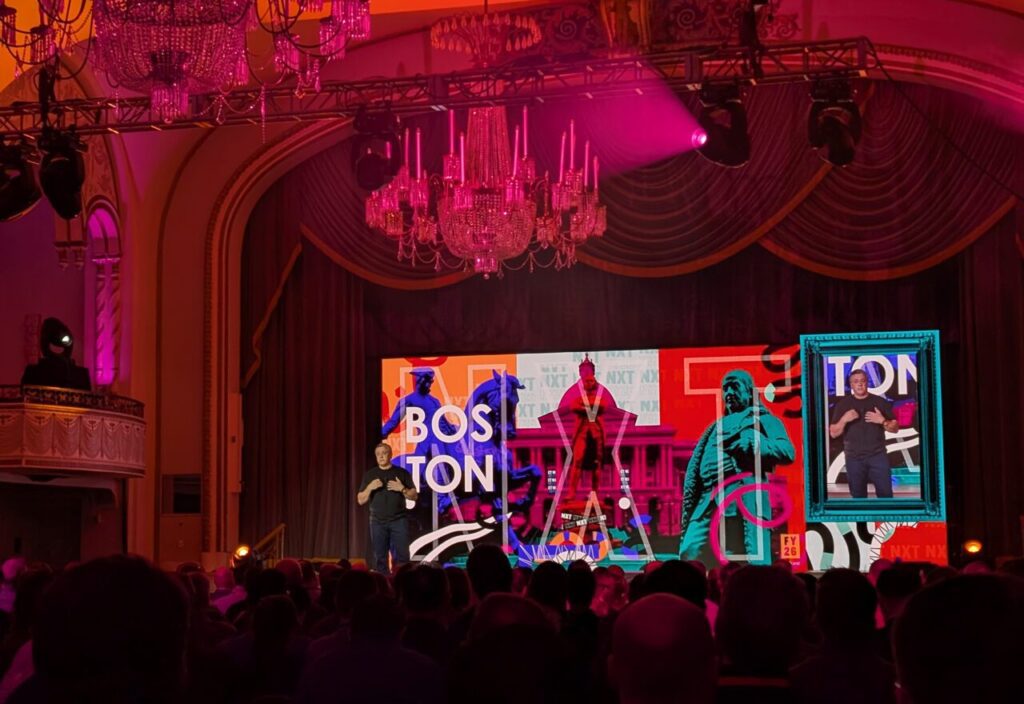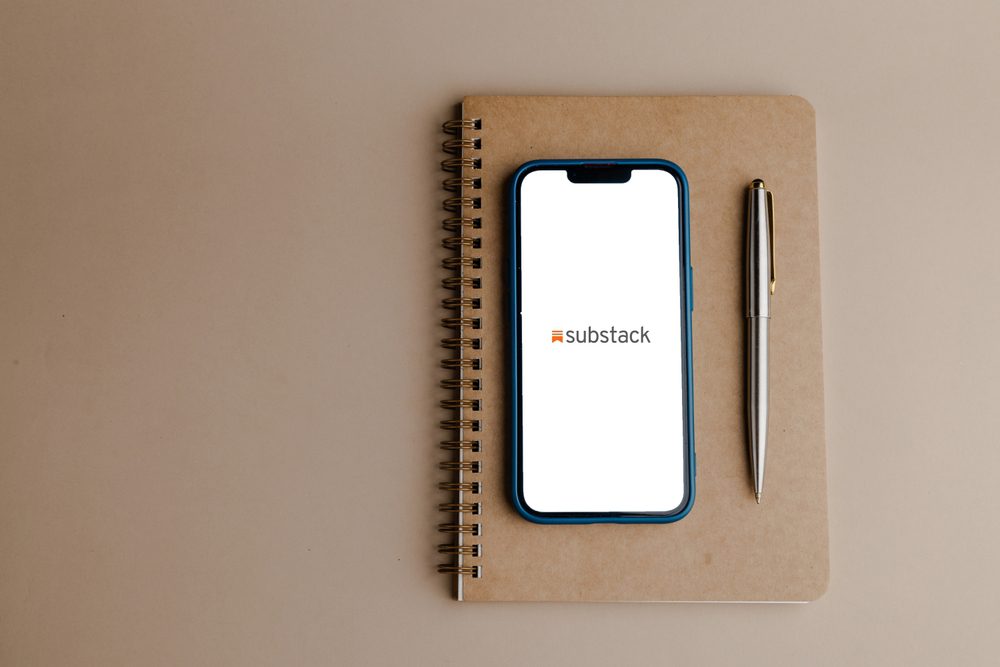A woman is walking through London’s Knightsbridge district when, from the depths of her handbag, her mobile phone chirps. She pulls it out and finds a text message displayed on the screen: “Secret Friend: Your faves on sale now with Code #—–.”
To fully appreciate what’s happening here, you should know that she had earlier completed a customer profile for lingerie retailer Victoria’s Secret. She’d indicated some of her favorite styles and an interest in learning when they were on sale. Further, she’d added her mobile phone number at the bottom of the survey.
But the real kicker is that, thanks to global positioning satellite (GPS) technology, her mobile phone begins ringing just as she is strolling past that favorite store.
The multi-million dollar question for American marketers is what it will take to re-create this scenario in New York City or anywhere in the United States. Thanks to the bursting of the dot-com bubble in 2001, American marketers have hesitated to line up on the bleeding edge of any new interactive technology. Of course, the Web has survived that shake out, and come back stronger and smarter in 2004. Sobered brand managers are tapping the broadband Internet infrastructure. In fact, the recovering health of the Internet in the U.S. is one of the chief reasons phone-based short message service (SMS) or text messaging hasn’t been developed with particular urgency in the United States. Developing countries, without substantial investment in landline (much less broadband) capabilities, have been enthusiastic adopters of cellular technologies — and the marketing that accompanies them.
Add to this the disconnect among mobile platforms, which has made it painfully difficult for promotional campaigns to roll out across multiple carriers. AT&T, Cingular, Sprint, T-mobile, Nextel or Verizon Wireless collectively account for around 80% of the U.S. cellular market (Cingular is in the process of buying AT&T), and there are many local, regional, two-tier and three-tier providers.
The result has been slowness in adopting SMS marketing in the U.S., relative to other parts of the world. But momentum is building.
There were an estimated 1.3 billion mobile phone subscribers around the world, who sent some 3.66 billion SMS messages in 2002. The number of worldwide users has nearly doubled in two years to 2.6 billion in 2004.
By comparison, according to In-Stat/MDR, a research firm in Scottsdale, AZ, there were 165 million mobile phone subscribers in the U.S. by June 2004, 90% of whom can both send and receive text (others estimate a user base closer to 168 million). These subscribers are on track to send some 30.2 billion messages this year, as compared to 11.9 billion in 2003, the firm says.
Research from The Yankee Group indicates that more than 32 million of all U.S. wireless subscribers are active SMS users. And in a recent report, Forrester Research says that “SMS marketing is the fastest growth market in North America, with an increase in use of 450% in the last six months.”
During the first quarter of 2004, Verizon Wireless (the largest U.S. carrier) handled 2.1 billion SMS messages, 19 million downloads and 21 million multimedia message service (MMS) messages.
“Messaging is becoming an integral part of the mobile lifestyle,” according to Roman Bodnarchuk, president and CEO of SMS marketing firm N5R, which numbers Procter & Gamble, Staples and Johnson & Johnson among its clients. Research by his Toronto-based firm indicates that mobile marketing campaigns get an average 71% to 96% recall rate, with nearly 70% of those surveyed saying they were likely to recommend that their friends receive SMS marketing messages.
While 94% of text messages are read by the initial recipient, 23% of these are forwarded or shown to friends by subscribers, according to a study by ICM Research, based on 200 campaigns conducted between 2001 and 2003.
Opt-in is the key
It’s all about relevance. As the Victoria’s Secret customer might say (if she were a brand manager), voluntary participation with a brand campaign can yield strong positive responses. According to the N5R study, over 40% of consumers told pollsters that they would act on a text message prompt (to visit a Web site, view an ad, etc.), while fewer than 5% said an SMS “decreased their desire.” It’s the marketer’s job to make the experience valuable to the subscriber.
Apart from greater uniformity in technology, another difference between the European or Asian cellular markets and that of the U.S. is the cost per text message that must be paid by the recipient — at three to ten cents per message, approximately double in the U.S. “The challenge for marketers is to find ways to make subscribers willing — even eager — to pay that freight,” says Wes Bray, chief mobile marketer at Mobilopia, a consulting firm based in Essex, CT.
Given the deep-seated concerns among U.S. consumers about spam messages, and privacy invasion, permission-based marketing is a must. A typical campaign might begin with a contest or “exclusive content” offer that brings a consumer into the SMS space. They may be encouraged to forward a message to friends, to help the marketer build viral leads. The idea is to personalize the experience to the subscriber, says Bodnarchuk, “making them feel like they are one in a million, not one of millions.”
Improvements in phone technology are helping. Handset manufacturer Siemens says its worldwide unit sales reached 470 million in 2003, and will be up nearly 10% by the close of 2004 thanks to further feature innovation. Siemens, Nokia and phone makers are racing to incorporate more graphic, e-mail and other capabilities borrowed from personal digital assistant devices (PDAs), eventually merging the two device categories.
Borrowing from ideas tested abroad, recent campaigns are offering premiums that can be readily delivered by phone: ringtones, celebrity voice greetings, Java-based games, wallpaper and photos, as well as “insider information” related to movie premieres and concert tours. As MMS is introduced widely, the goodies will become more textured, and ultimately more valuable to the subscriber.
Thus far, the best-supported mobile marketing efforts have been designed to either further a carrier’s own market penetration or tie in with entertainment and sports properties. The breakthrough for U.S. audiences, of course, was AT&T Wireless’ vote-by-texting program for the American Idol talent competition.
For the third straight year SMS text-voting rates for the hit show were through the roof. Winner of the 2004 Best Overall EMMA (PROMO May), the campaign got subscribers who had never before used texting to cast votes and ultimately send some 13.5 million messages related to the show. The campaign was developed by New Jersey-based agency Einson Freeman. Mobliss, a Seattle-based provider of mobile media and marketing content, handled the technology.
Fans of the reality TV program Survivor who are Cingular subscribers were invited to vote in the “America’s Tribal Council” this past spring. Subscribers sent some 3 million messages to win downloadable versions of the show’s theme song, photos of the castaway cast and other content.
Later this fall, FOX Network is incorporating text-based voting for The Jury. Via technology from Mobliss, viewers can text-in on the defendant’s guilt; results will be shown in real-time during the broadcast.
Brands outside the telecom and entertainment arenas have been slower to explore opportunities with SMS. Among the first is QSR McDonald’s, which launched this summer its first foray in an on-pack SMS program. Leveraging its role a TOP level sponsor of the 2004 Athens Summer Games, McD’s is offering up Olympics trivia on 250 million takeaway bags, with answers available to opt-in texters. Once they’ve signed up, subscribers can get further Olympic trivia each week.
McDonald’s has said it has “limited” expectations for this effort. But with its marketing resources, even a modest response may lead to more significant future investment. The question is how readily will other U.S. brands borrow from the SMS experiment of this quintessentially American marketer? Stay turned for more case studies in upcoming issues.
TALKING TEXT
A Concise Mobile Marketing Glossary
Aggregators: Companies that specialize in connecting brands to carriers
Carrier: The telecom company that processes message data (both voice and text — and eventually video) via wireless technology.
Code registry: Much like URLs or domain names, marketers have begun scrambling to reserve exclusive rights to use unique alphanumeric combinations. A registry has been maintained by NeuStar since 2002.
Content providers: Specialists in developing the technology and programs (games, contests, entertainment, etc.) for brand clients.
MMS: Or “Multimedia Message Service” is the next-generation version of SMS, which enables short messages that include graphics and sound.
SMS: Or “Short Message Service” is a technology that allows users to send and receive short (up to 160 characters) written messages on their cellular phones.
Subscribers: The consumers who have signed up for service with a mobile communication provider.
 Network
Network



